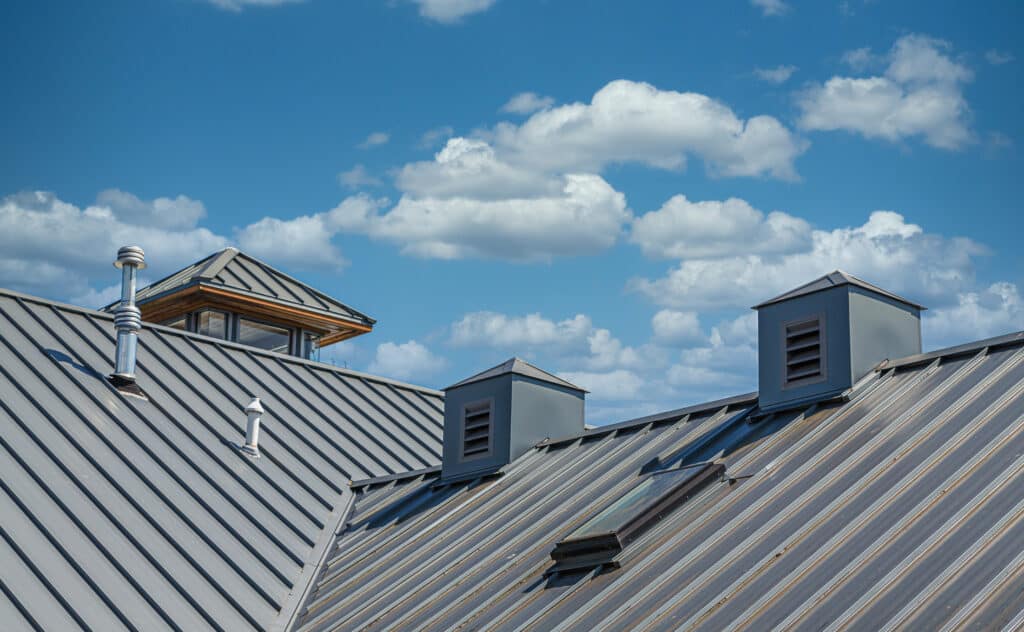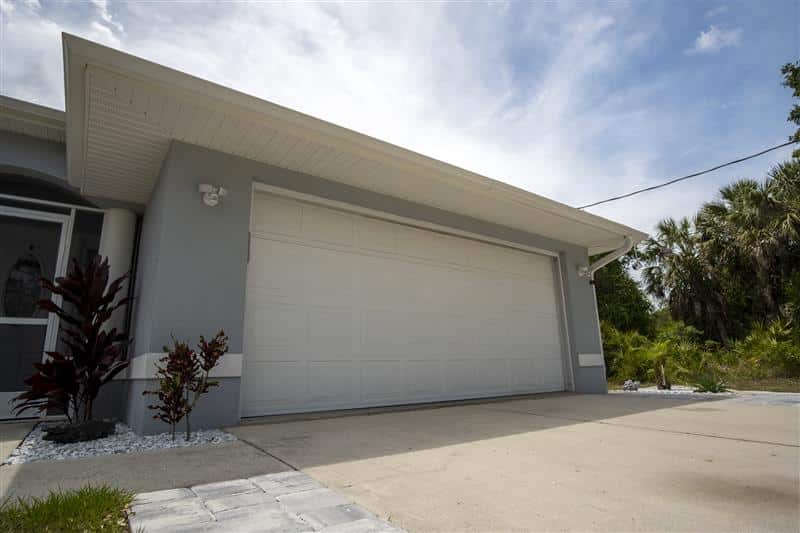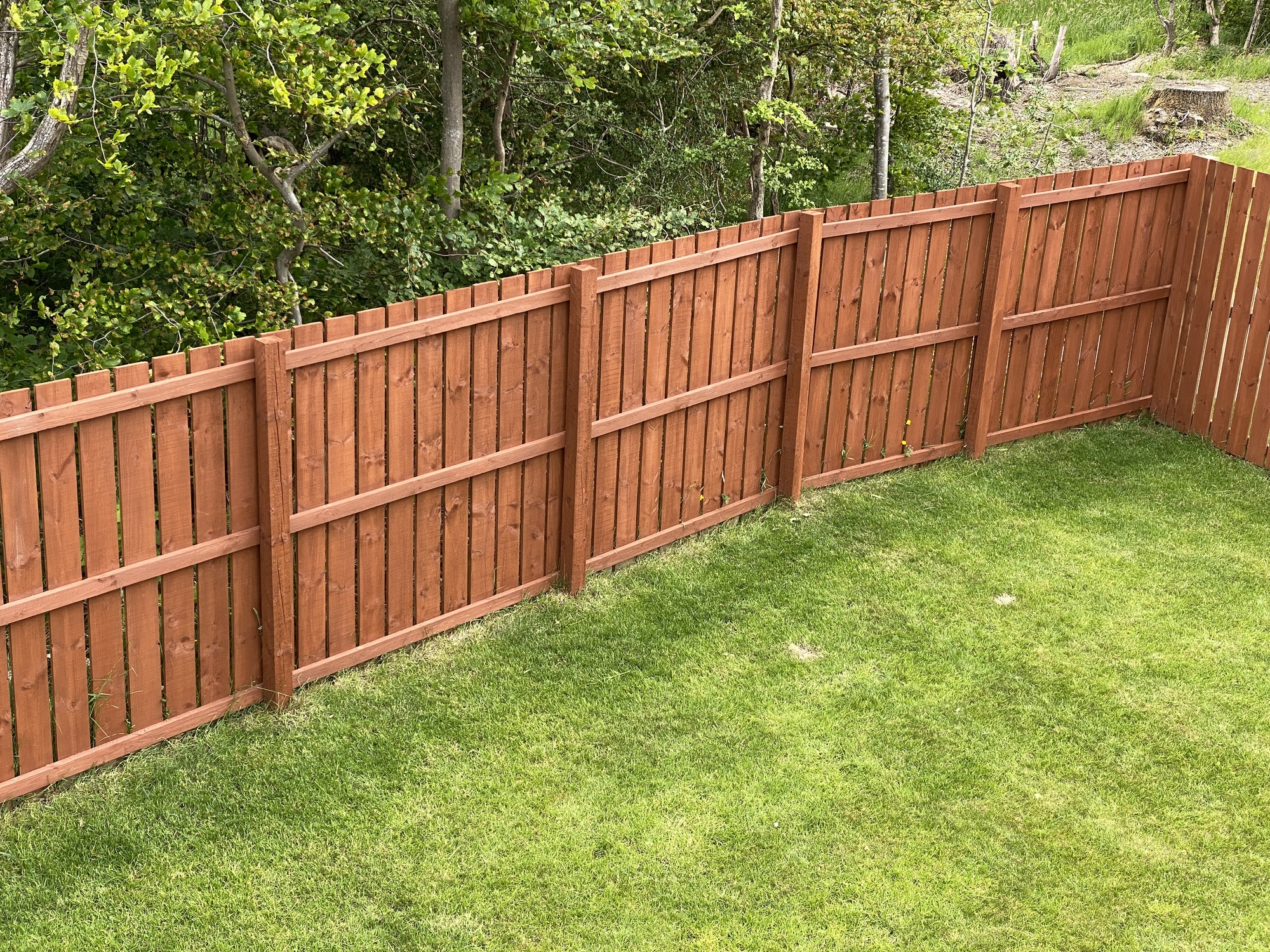Why a Wind-Rated Roof Matters in Hurricane Zones

our roof is your first line of defense against the elements. In hurricane-prone areas, adequate roofing can make a dramatic difference in the aftermath of a storm. The right roofing can provide your home with superior protection and increase your chances of successfully weathering the storm. Wind-rated roofing matters in hurricane zones. Here’s what you need to know about outfitting your home properly.
What is a Wind-Rated Roof?
A wind-rated roof is one that’s been rigorously tested for its ability to withstand high winds. In a hurricane zone, you should look for roofing that’s been tested to withstand extremely high winds. Storm force winds are 64 to 75 miles per hour, but hurricane winds are even faster:
-
- Category 1 hurricane: 74-95 mph
-
- Category 2 hurricane: 96-110 mph
-
- Category 3 hurricane: 111-129 mph
-
- Category 4 hurricane: 130-156 mph
-
- Category 5 hurricane: 157 mph or higher
High winds create an effect known as wind uplift. Wind uplift occurs when the air pressure below the roof is greater than the pressure above it. Pressure above the roof decreases as wind flows over the building. However, air that gets into the home through cracks around windows and doors increases the pressure inside. These two simultaneous occurrences create wind uplift that can peel the roofing material off the roof membrane or even remove the entire roof.
A wind-rated roof that’s built for the unique conditions created by hurricane-force winds can withstand some of this wind uplift, so your home stays protected through the storm.
The Benefits of a Wind-Rated Roof
There are several perks you can enjoy with a stable, wind-rated roof that’s built for your hurricane zone. Here are some of the benefits you can expect when investing in this type of roofing.
Building Compliance
In a high-velocity hurricane zone (HVHZ), building codes mandate wind-rated roof products that are built for extreme weather conditions. If you’re in an area designated as an HVHZ, the proper roofing materials will keep your home in compliance with local codes.
Enhanced Safety
A compromised roof can compromise your family’s safety in many ways. Even a few lost shingles can expose you to water damage. It doesn’t take long in a hot, humid climate for damp building materials to grow mold. Mold can compromise your family’s health, causing coughing, wheezing, congestion, a sore throat, burning eyes, and a skin rash. Severe reactions can occur in individuals with asthma or a mold allergy.
Hurricane-proof roofing materials will also protect you from more obvious threats, like the roof coming off the house and debris crashing into your living space. This protects the people and precious belongings in your home.
Greater Durability
A wind-rated roof is built to hold up against high winds. This means that you have a greater chance of coming out of the storm with minimal repair needs. A durable wind-rated roof should also have a longer lifespan. These factors translate to monetary savings. While a wind-rated roof is more expensive upfront, you won’t have to repair or replace it as often, which can put a lot of that money back in your pocket over the long run.
Peace of Mind
Hurricanes can be frightening in any circumstances. When you have a wind-rated roof on your home, you can enjoy the peace of mind that comes from knowing you’ve done all you can to keep your home and belongings safe through the storm. This eases some of the burden on your family during a potentially difficult time.
Types of Wind-Rated Roofs
There are several types of roofing materials that provide hurricane-level wind resistance. When you’re looking for a wind-rate roof, consider options like:
-
- Synthetic shingles: Some synthetic shingle materials can stand up to winds of 160 mph.
-
- Metal roofing: Many metal roofing materials can withstand winds of up to 150 mph.
-
- Slate: Durable slate roofing is fire-resistant and holds up against winds of up to 150 mph.
-
- Clay and concrete tiles: These tough tiles can stand up to winds of up to 150 mph.
What to Look for in a Wind-Rated Roof
There are several key roof ratings that you should look for when you’re investing in a new roof for a hurricane-zone home. Understanding these terms will help you identify the best products for your needs.
Once you’ve chosen a new roofing material, it’s important to have a licensed professional install it. Roofing is only as good as the installation. Even the best materials can leak, break, or succumb to wind uplift if they’re not secured with the right methods and materials.
Testing Application Standard 125 Requirements
Roofing that meets Testing Application Standard (TAS) 125 typically complies with HVHZ building codes. To meet this standard, the roofing must withstand designated wind loads for a required amount of time.
TAS-100 Rating
The TAS-100 rating indicates that the roof can withstand wind-driven rain. This rating examines rain penetration in high winds to see if the water gets through the panel and roofing membrane. To get a TAS-100 rating, the roof must stand up to eight inches of rain over a period of 90 minutes, driven by winds between 35 and 110 mph.
UL1987 Rating
UL1987 tests the roof against wind uplift. The UL1987 rating tells you how much uplift the roof can handle as measured in pounds per square foot.
UL2218 Class 4 Rating
A UL2218 Class 4 impact rating indicates that the roof can resist the impact of hail and other debris. To get this rating, the roof must withstand the impact of a two-inch steel ball dropped from a distance of 20 feet.
How to Maintain Your Wind-Rated Roofing
All roofing requires regular maintenance to live up to its full potential. You can’t trust the rating on your roofing if you haven’t had it properly maintained. Schedule an annual inspection to make sure your roof is in good condition. This will alert you to any care and repair needs, so you can keep your roof in optimal condition for years to come.



